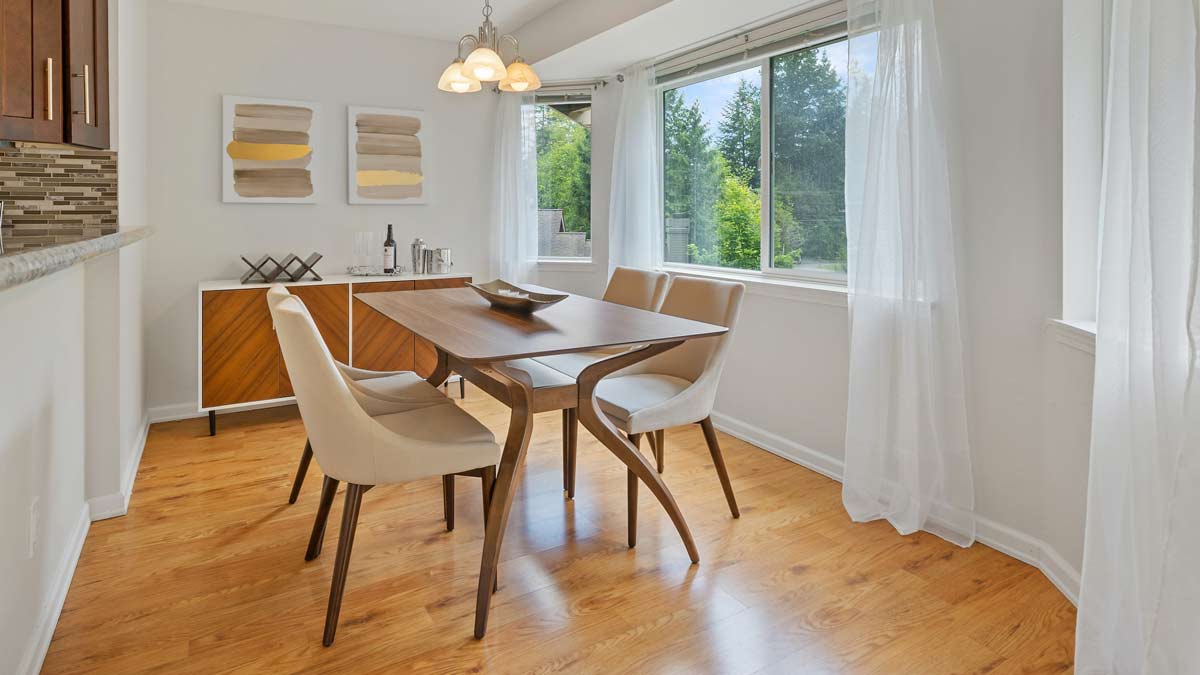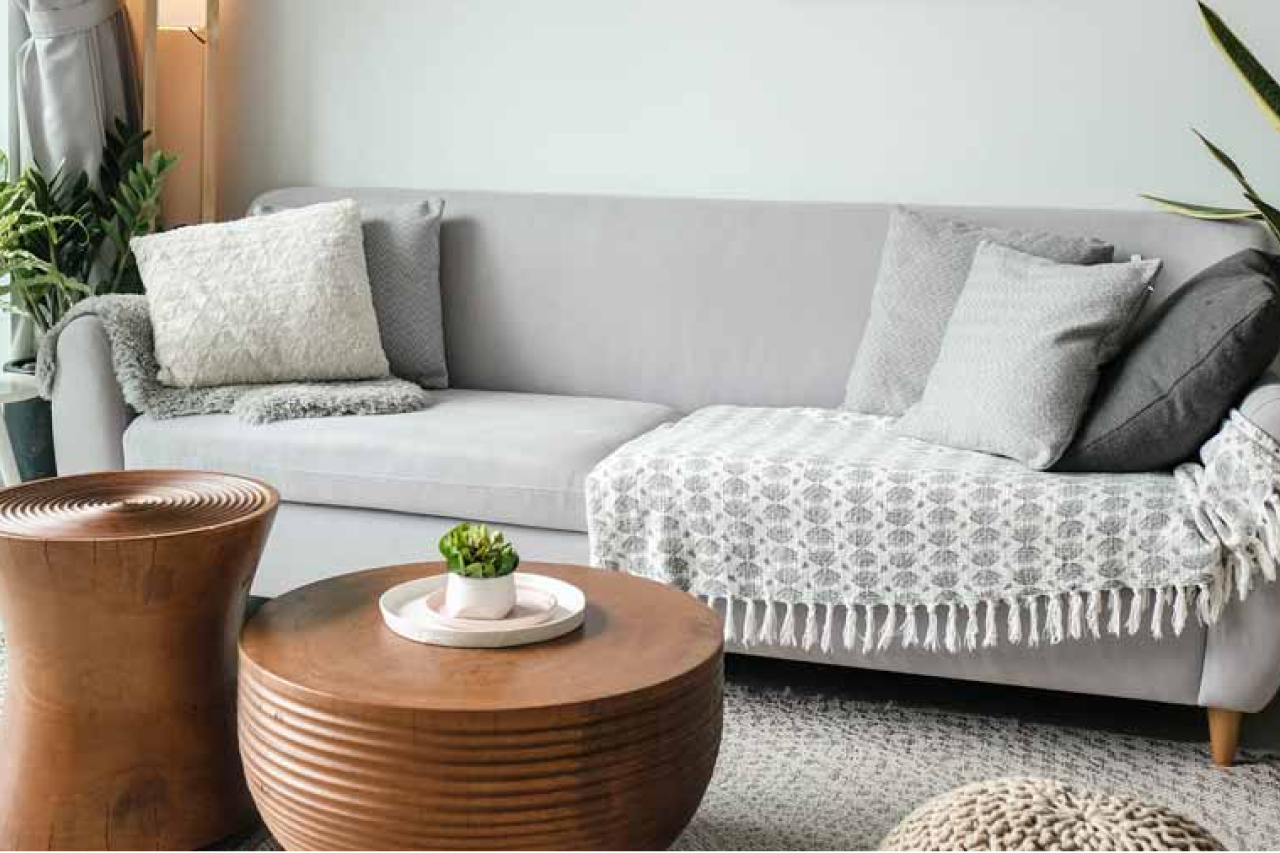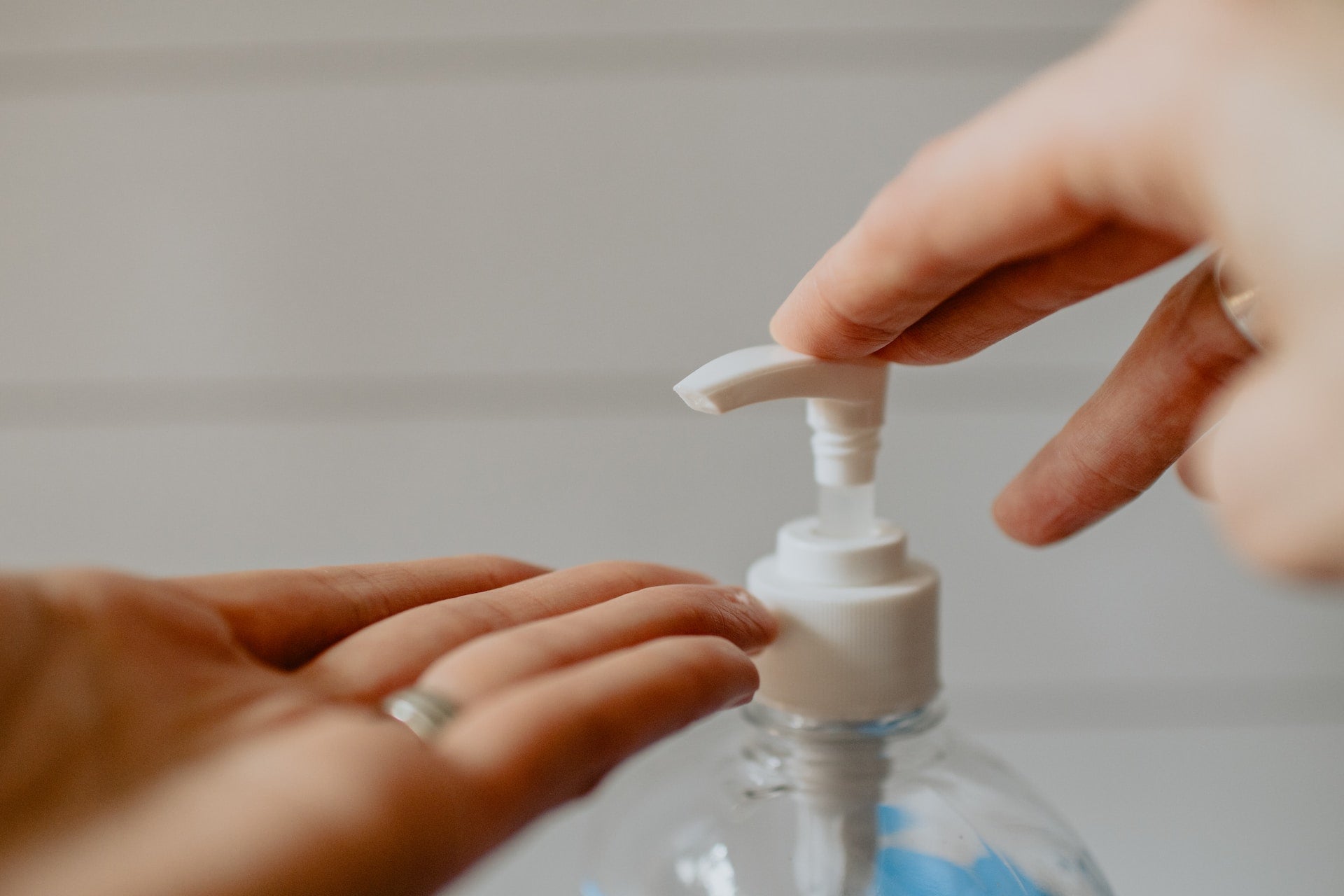
Best Ways to Clean Hardwood Floors
Hardwood floors give your home character, warmth, and style, but they aren’t always the easiest material to deal with. Tons of cleaning products promise to clean floors effortlessly, but over the years, ammonia, chlorine, phosphates, and other alkaline products can actually wear away finish.
Our guide walks you through the best way to clean hardwood floors – and how a Puracy floor cleaner provides a gorgeous gleam.
How to Clean Wood Floors

What You’ll Need:
- Broom
- Vacuum
- Microfiber Mop
- Dish Soap
- Surface Cleaner
- Hardwood Floor Crayon
- Floor Wax
- Microfiber Cloths
- Soft Buffing Pad
Steps:
1. Sweep and Vacuum
Start by sweeping and vacuuming up debris, dust, and hair.
Pro tip: When choosing a cleaner, avoid harsh ingredients that can damage hardwood, such as vinegar, ammonia, or chlorine bleach.
2. Mop
Soak a mop using your cleaner of choice and then wring it. Proceed to run it over the floors, starting the furthest away from the door if it's an enclosed space. Alternatively, you can use a spray bottle to apply the cleaner instead of soaking the mop.
Pro tip: For daily upkeep, you can use gentle dish soap and warm water to keep your floors clean. Rinse with warm water.
3. Air Dry
Let the floors air dry to avoid visible footprints or other marks.
4. Blend Away Scuffs and Stains
If you notice scratches or scuffs on the floor, you can use a hardwood floor crayon or some wax to gently buff them away.
Pro tip: Mix 1/4 cup of apple cider vinegar (not distilled white vinegar) and a gallon of warm water for monthly deep cleans to protect the finish on your hardwood.
5. Wax
If you want a wax finish, first determine if your floor has a urethane finish, meaning it is water-based, moisture-cured, or oil-modified. You should never apply wax on a urethane finished floor.
Once you've confirmed you have unvarnished hardwood floors, take a damp microfiber cloth and apply floor wax to it. Apply it onto the hardwood i light, even strokes. Refer to the wax's manufacturing instructions to ensure the floor has been prepared accordingly.
Pro tip: Be sure to do this step in a well-ventilated room with regular air flow and open windows.
6. Buff the Floors
You can buff floors by hand using a soft buffing pad, moving in circular motions. Alternatively, you can rent a buffing machine and go back with a buffing hand to go over any areas the machine was unable to reach.
Pro tip: You can over-waxing a floor by skipping the step completely and just buffing the floor to maintain shine.
7. Protect as Needed
Different methods for protecting hardwood floors include:
- Coating or Conditioning: This adds a protective surface layer that protects the floor from scratches and moisture.
- Sanding or Revitalizing: This method removes grimy, worn out finishes and can be done with a professional sanding machine
- Rugs and Carpets: Simply shielding your floor with a carpet or rug can protect your floor from daily scuffs and stains.
Different Floor Finishes Require Different Cleaning Methods

Different kinds of flooring require different cleaning methods, but we love using a microfiber mop on all of them. These incredibly absorbent tools are super gentle on all surfaces and cut down on unnecessary waste.
Surface-Sealed Floors
Most new floors are surface-sealed (with polyurethane, polyacrylic, or urethane), meaning that they're water- and stain-resistant.
First, sweep or vacuum to pick up any loose hair or dust. You don't need a special soap for mopping wood floors: Fill up a bucket with warm water and squeeze in about 1 TBSP of Natural Dish Soap.
Pro Tip: Avoid using a soaking wet mop: Wring it out until it's mildly damp. Also avoid harmful ingredients such as vinegar, lemon juice, and ammonia.
Varnished, Lacquered, & Shellacked Floors
These types of floors are semi-resistant to water, wear, and stains.
After sweeping or vacuuming, spray the entire floor with a natural surface cleaner, then use your microfiber mop to work your way outward from one corner of the room.
Pro tip: Look for solvent-based cleaners and polishes when cleaning shellacked, varnished, or lacquered wood floors. However, since these cleaners are often flammable, only use them in a well ventilated space.
Laminate Wood Floors
Laminate wood floors are made of manufactured wood, so they're unbelievably durable. You can use either a natural multi-surface cleaner or mop with a bucket full of gentle dish soap-infused water.
Pro tip: Hardwood floor cleaners and waxes can leave a filmy residue on laminate surfaces. Instead, use distilled white vinegar or rubbing alcohol combined with warm water.
Oil-Treated & Seal-Treated Floors
These materials are treated so the sealant seeps and sets into the wood grain.
Since water-based cleaners can cause irreparable damage, we recommend cleaning these types of finished hardwood with a premium liquid or paste wax (unfinished floors can use this same method).
Pro tip: Steer clear from harsh ingredients such as bleach, ammonia, and vinegar on oil-treated or seal-treated floors.
Can You Use Soap and Water on Hardwood Floors?

Using water and soap for mopping wood floors isn't always the best practice: If water stands on hardwood floors for too long, it can warp and bend the material.
While you technically have to get the floors wet to clean them, choose a low-moisture method that dries quickly and lowers the chance of damage.
Can I Wash Hardwood Floors with Vinegar and Water?

Many cleaning professionals maintain that the acidic properties of these substances can damage the seal of hardwood flooring. While it's a natural approach, soapy water is more effective at fighting dirt buildup than diluted vinegar or citrus.
Tips to Protect Your Hardwood Floors

Between cleaning, protect flooring and keep them looking their best with these simple tips:
1. Wipe up Spills
Whenever there's a spill (e.g. beverages, pet messes, wet shoes) wipe up the mess immediately with a dry towel.
2. Add Rugs to Rooms
Runners and rugs in high-traffic areas of your home (like hallways, entryways, and next to sinks) can help protect floors from excessive wear.
3. Use Furniture Pads
Under chair legs and bed frames, felt furniture pads can help protect floors from scratches.
4. Pet Pedicures
Regularly trim your pets' nails to avoid serious damage.
5. Take Your Shoes Off
In addition to tracking dirt and bacteria through your home, wearing shoes inside can cause damage to hardwood flooring. Take shoes off in your entryway and replace them with slippers or thick socks.
Pro-Tip: Never wear high heels on hardwood floors!
6. Close Your Curtains
When exposed to the sun, hardwood flooring naturally changes in color. Reduce drastic discoloration by closing the blinds or using sheer, UV-blocking curtains when you're out of the house.
7. Redecorate Every So Often
Rearranging your furniture once a year – even slightly – will help to minimize uneven aging. Plus, who doesn’t like a change of scenery?
8. Sweep up
In places with high traffic, you should try to keep a regular schedule and sweep once a day and mop your hardwood floors at least once a week. Try to mop lower-traffic areas once a month. As always, follow the guidelines we noted (above) to protect the hardwood flooring you have. For well-trafficked areas, try to clean the floors every week and make time for a thorough deep clean once a month.
"Puracy Floor Cleaner" Is Actually Good at Everything

Not only is our Everyday Surface Cleaner safe and effective for cleaning hardwood floors, counters, windows, and any other non-porous surface, but it also saves you 62% per ounce! It's a win-win situation when you reach for this Puracy bestseller!


























